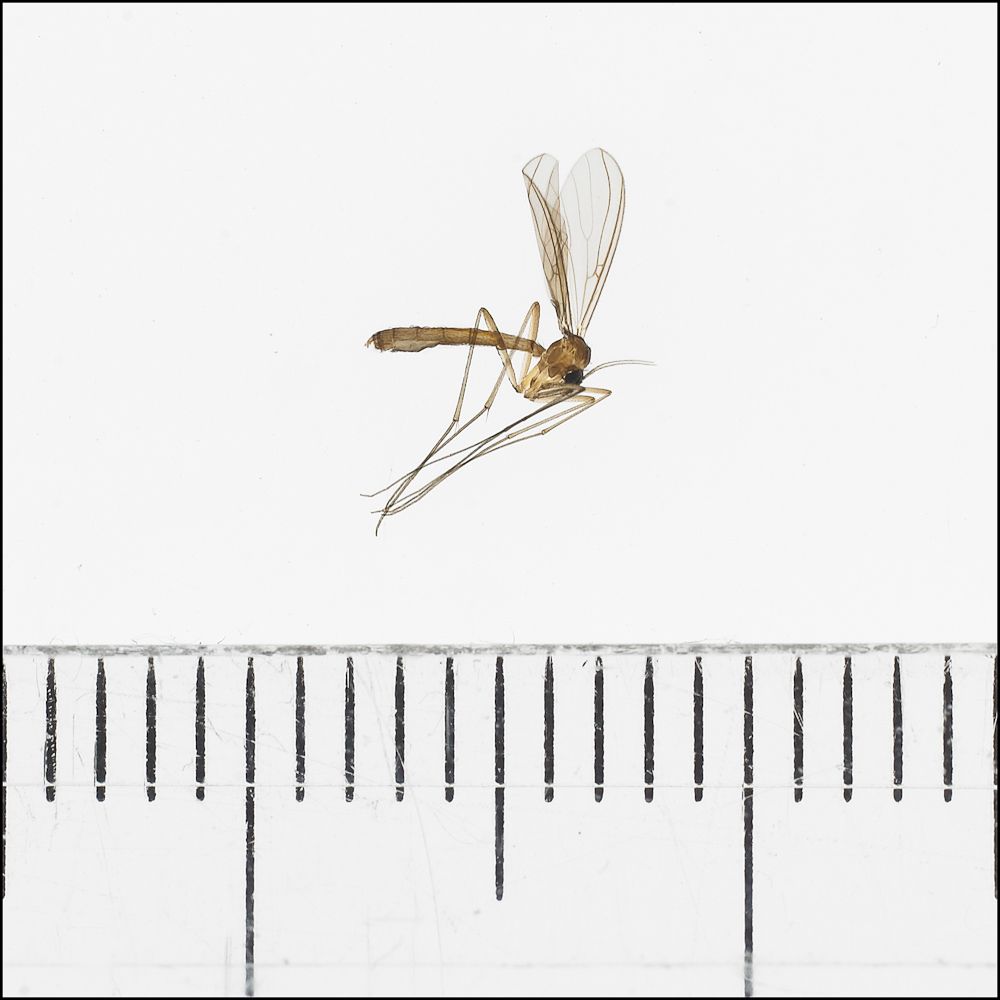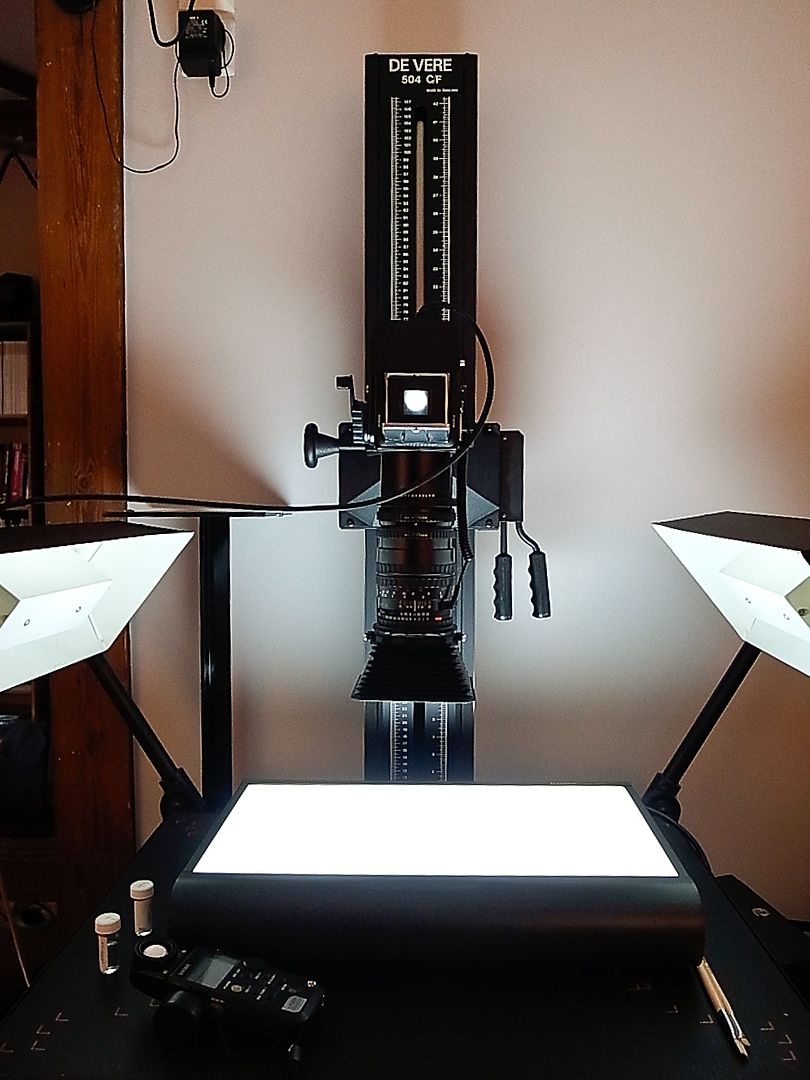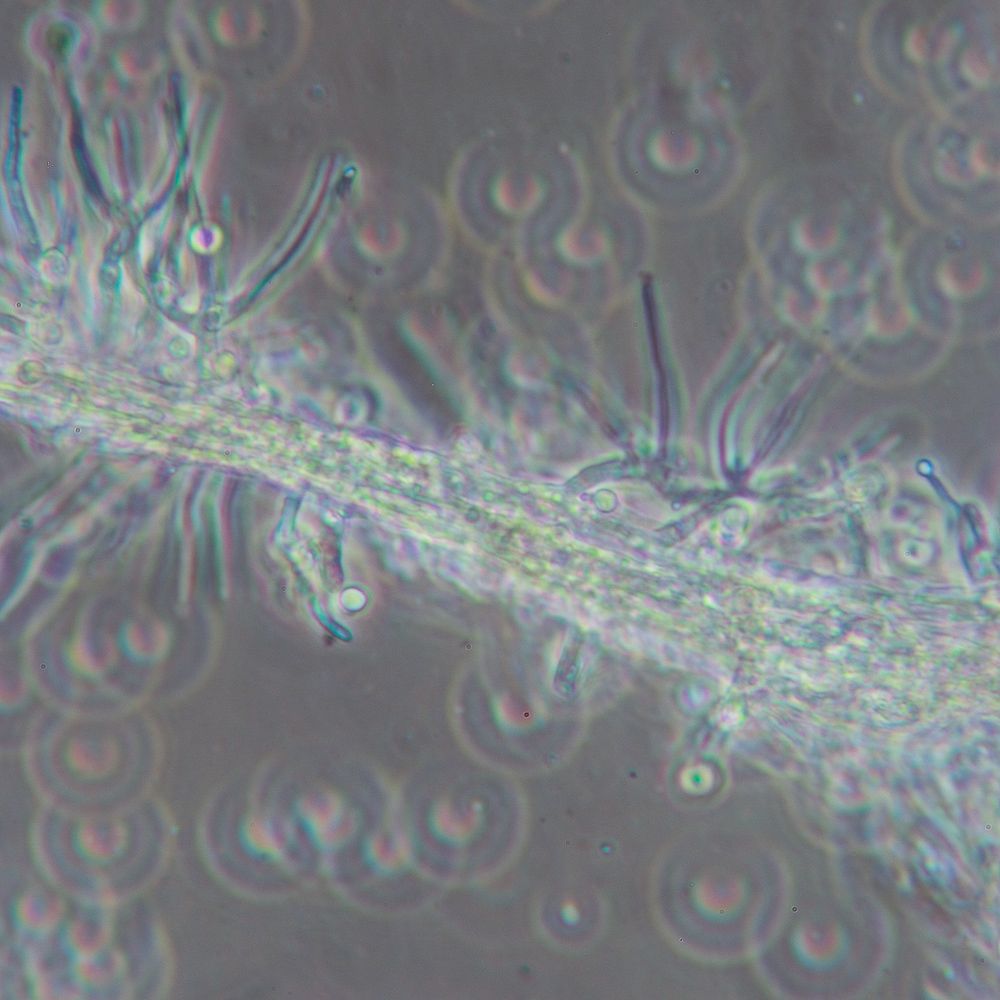Pete Askew
Admin
This is something I would not normally shoot and certainly not in this way. This is a shot of Speolepta leptogaster collected during a recent piece of work. The main study is on microbial colonisation of the surfaces at an enclosed historic site to help identify a conservation approach that can limit its deterioration. We have identified the main fungus in the system but there are other components of this ecosystem that are contributing to the deterioration of the paintings. One of which are larvae, presumably feeding on the fungi. I had sub-contracted the work on the larvae and fly to another laboratory but they were unable to identify the fly nor say whether the larvae was associated with it. So I had to do this myself, which proved relatively straight forward. Normally I would photograph a specimen like this either through a microscope or using our Zeiss Tessovar (The Zeiss Tessovar - a macro legend | Pixiq) but I am in Germany and they are in the UK and the specimen was sent back to me here. So I used a macro setup instead consisting of a Hasselblad 503CW + Zeiss 120 CF Macro Planar f1:4.0 (stacked on 3 extension tubes - 16 + 32 + 56 mm) onto a PhaseOne P20 back (set at ISO 50) mounted on a copy stand. The specimen was placed directly onto a colour corrected lightbox next to a transparent ruler (mm) and metered using a Sekonic L-758D (incident - dome closed) giving an exposure of 1/4s at F1:11. After focusing, the mirror was pre-released and the shot taken using the back tethered to CaptureOne Pro. White balance was checked against the face of the lightbox (no correction was required) and no adjustment of the exposure was made. It was exported as a 16 bit TIFF then cropped to about 75% of the original image area. The back has no anti-aliasing and so no RAW sharpening was required but it was output sharpened in Nik Output sharpener in PS and a fine border added.
Speolepta leptogaster

Macro setup used.

Hope this is of interest.
Speolepta leptogaster

Macro setup used.

Hope this is of interest.
Last edited:

